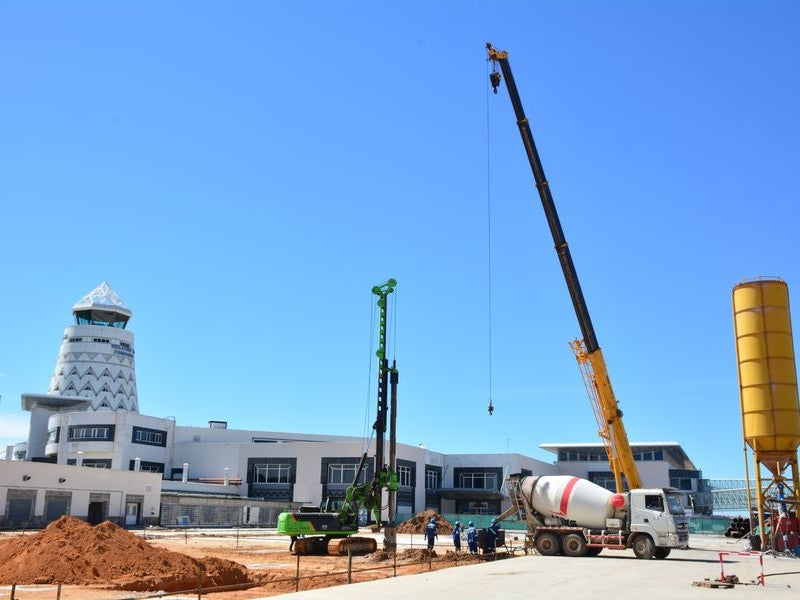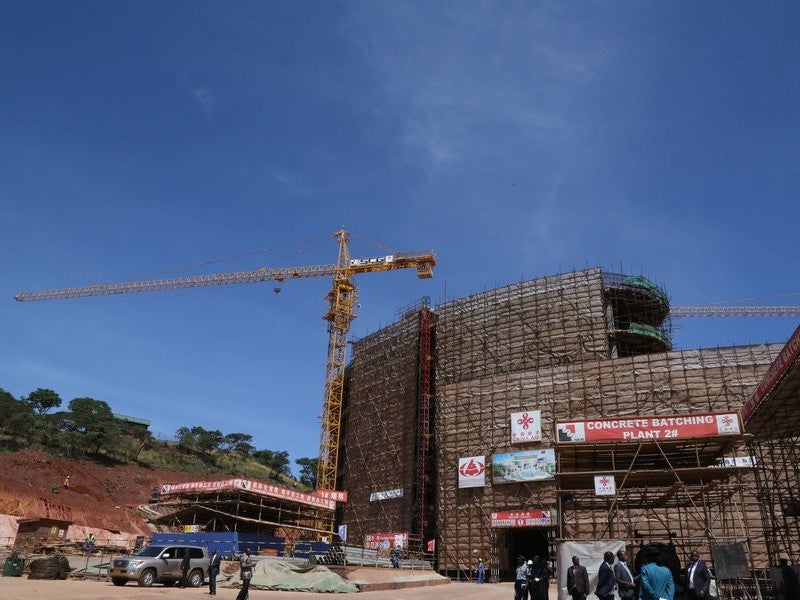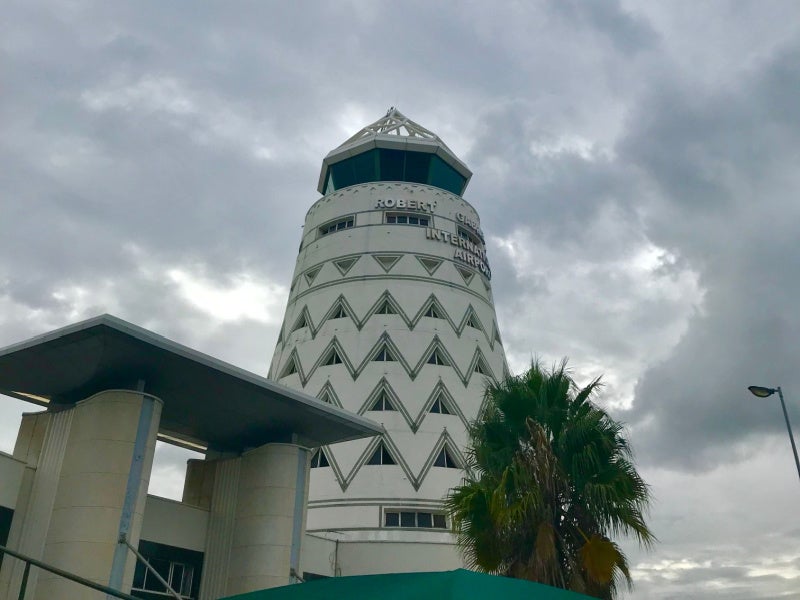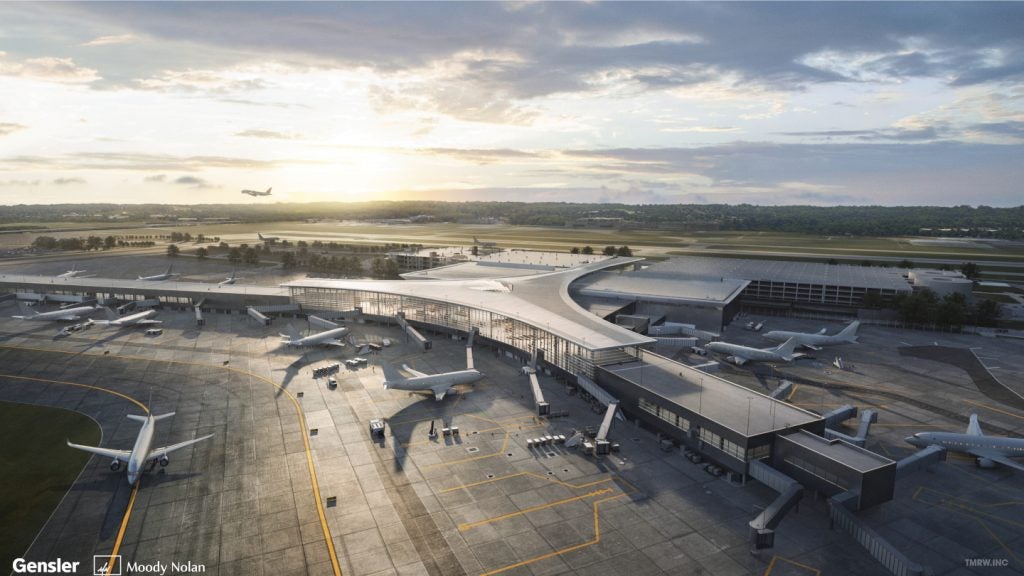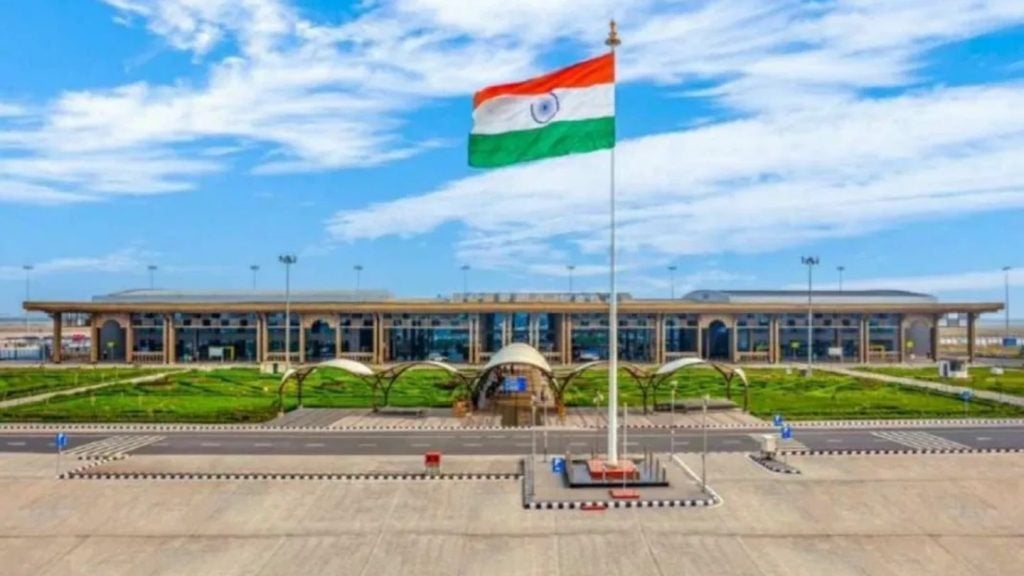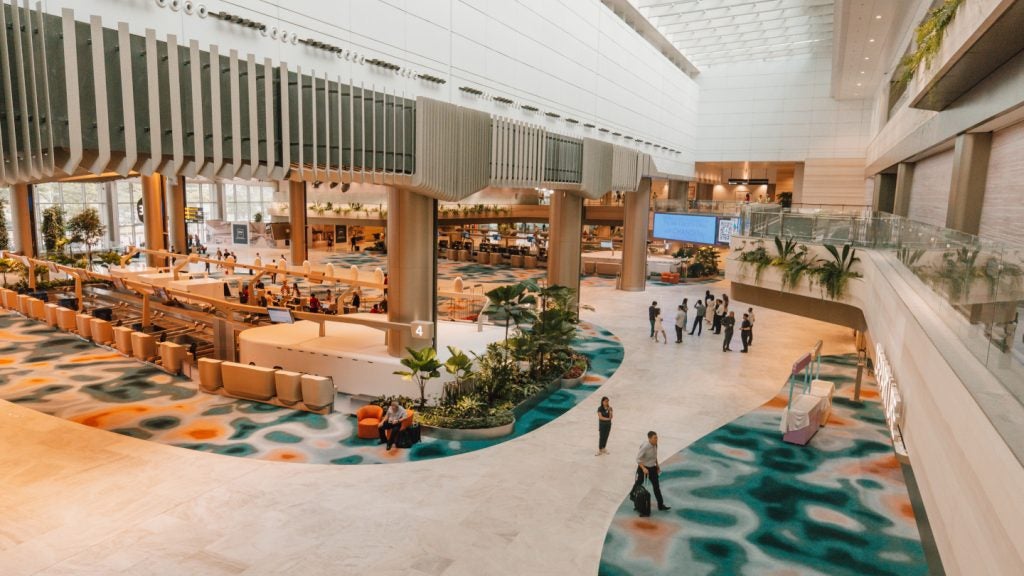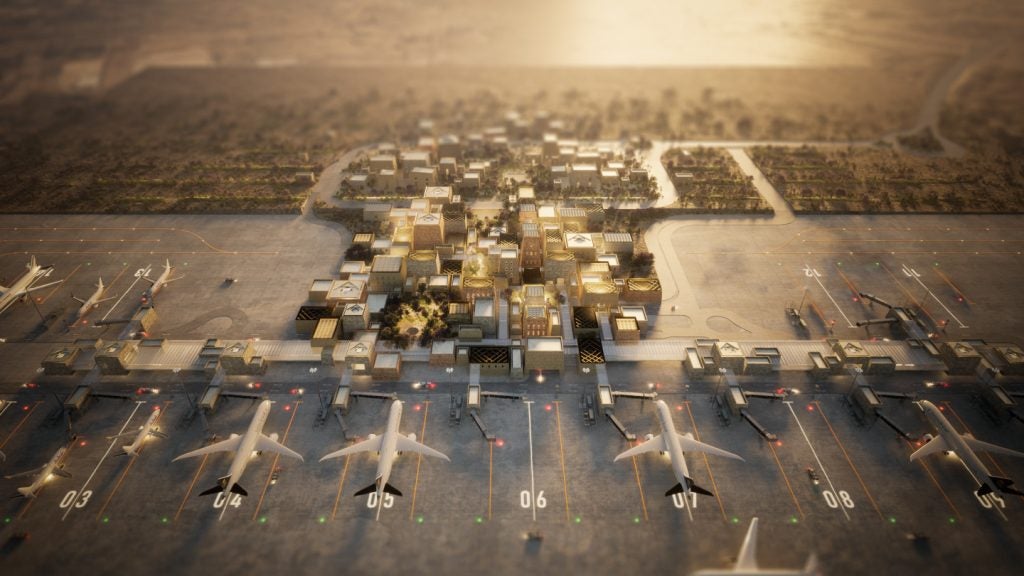Robert Gabriel Mugabe (RGM) International Airport, also known previously as Harare International Airport, located in Harare, Zimbabwe, was expanded with the construction of a new terminal and related facilities to increase its passenger handling capacity.
The project is part of the Zimbabwe government’s drive to improve aviation infrastructure in line with international standards and is outlined within the government’s National Development Strategy 1 (NDS1), which is aimed at driving economic growth by 2030. Promoting tourism growth is one of the crucial aspects of the NDS1. The government is investing $2.5bn in infrastructure projects to achieve the same.
The airport expansion opens more international airline routes and supports the increase in tourist arrivals into the country.
Construction of the expansion commenced in July 2018 and commissioning was completed in July 2023.
The expansion increased the airport’s annual passenger handling capacity from 2.5 million to six million and enables the airport to serve as a regional aviation hub in the south of Africa.
The existing international and domestic terminal buildings at the airport are currently being renovated.
Location
The RGM airport is located 15km south of Harare city, Zimbabwe. It is operated by the Civil Aviation Authority of Zimbabwe and serves as a primary gateway into Zimbabwe and a natural gateway into Southern Africa.
Robert Gabriel Mugabe International Airport expansion details
The RGM International Airport expansion included the construction of a new terminal building and two new aprons to accommodate four new air bridges. The new boarding bridges accommodate more passengers and aircraft while improving the overall passenger experience. The airport can now handle seven international aircraft at a time.
The terminal building features amenities such as a VVIP pavilion, gyms, salons, coffee bars, and a children’s play area.
The expansion project also included the installation of airfield ground lighting, communication infrastructure, a baggage handling system, docking system and scanners, and a secondary radar system, alongside the construction of a new remote fire station and tarmacs.
In addition, a range of service vehicles were added to the airport, including ambulances, universal towing vehicles, airside buses, and fire-fighting equipment.
The existing air traffic control systems, runways, tarmacs, and car parks were also renovated and the air conditioning, ventilation, and smoke exhaust control systems were upgraded.
Funding
The expansion project was funded through a $153m loan provided by the China Export-Import Bank.
Contractors involved
The construction of the RGM airport expansion project was undertaken by China Jiangsu International (CJI), a Chinese, state-owned conglomerate. It is the second project undertaken by CJI in the country after the Victoria Falls international airport modernisation of 2016.
The state-of-the-art boarding bridge was supplied by CIMC Tianda, an airport equipment manufacturer also based in China.
Chinese equipment manufacturer Shaanxi Construction Machinery supplied a T8620 paver for the project.
Terminus, an AI smart service provider. supplied AI and Internet-of-Things-based terminal equipment with PM 2.5 management.
RGM International Airport details
The RGM airport is Zimbabwe’s largest airport, boasting a 4,725m-long and 46m-wide runway, capable of handling wide-bodied aircraft such as the Boeing 777/B747.
Prior to the expansion, the international passenger terminal building had a capacity of two million passengers a year while the domestic passenger terminal had a capacity of 500,000 passengers a year.
The airport features 28 check-in counters, three baggage carrousels, and two conveyor belts. It also has various amenities including internet cafés, eateries, banks, a bureau de change, an office, fashion boutiques, and an information centre.

